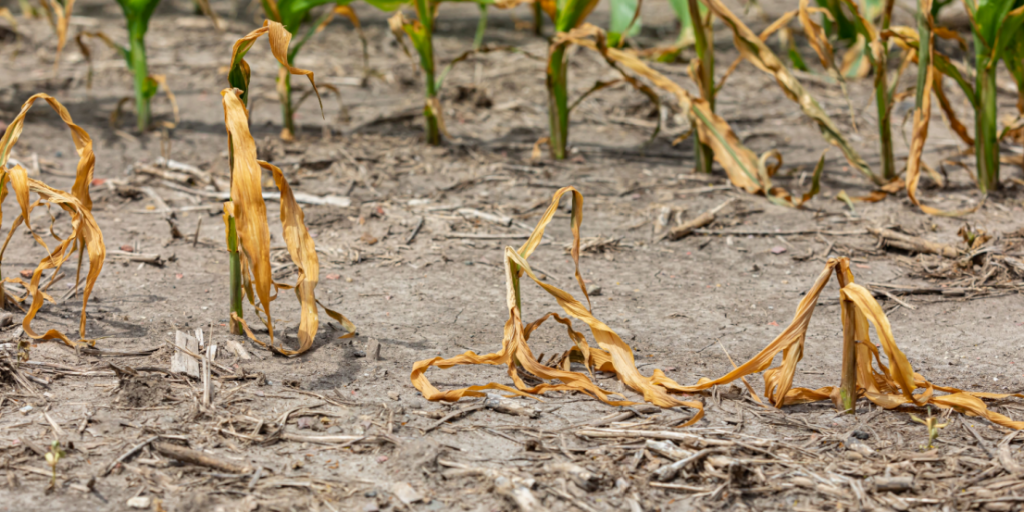As countries race to build the infrastructure powering artificial intelligence, another essential industry is sounding the alarm.
Others are reading now
As countries race to build the infrastructure powering artificial intelligence, another essential industry is sounding the alarm. Farmers and food-tech leaders warn that the electricity and water needed to fuel data centers could increasingly compete with the basic resources required to grow the world’s food.
Their message is clear: the AI boom may come with agricultural consequences policymakers have barely begun to confront.
Rising resource strain
Speaking at the Fortune Innovation Forum in Kuala Lumpur, Gerard Lim, CEO of vertical-farming company Agroz, said nations are pouring billions into new data centers to meet AI demand. These facilities require enormous amounts of electricity and water to run servers and cool equipment.
“The electricity that we’re using for our data centers and AI chips? Don’t forget that it is also required for us to grow food,” he told attendees.
Some governments are already responding. Singapore temporarily paused data-center expansion in 2019 due to concerns about water and energy use. In the U.S., states with heavy data-center construction — including Virginia — have seen electricity prices climb.
Also read
“Don’t forget the humans in the equation—because the energy all these data centers are utilizing is going to leave the human sectors out at some point,” Lim warned.
Feeding a growing world
Alongside resource competition, population growth and rising incomes are driving demand for higher-quality food. “As we become richer, we want more protein,” said Richard Skinner, a partner in private capital at Olivia Wyman.
Lensey Chen, Asia-Pacific president at biosolutions firm Novonesis, added that global food needs could rise by 50% by 2050. “It’s critically important to increase the yield, increase output from existing resources,” she said.
New farming technologies may help. Lim said Agroz has boosted yields by up to 500% using controlled environments that require 20 times less water than open-field farming. “Technology and innovation are very important for us to grow in less land and use less resources,” he said.
Technology already on hand
But Skinner stressed that agricultural progress doesn’t have to hinge on cutting-edge tools. Many proven methods — greenhouses, improved irrigation, fermentation and better livestock data — remain underutilized, especially across Asia.
Also read
He pointed to rice farming, which contributes roughly 8% of global carbon emissions. Fields are traditionally flooded to suppress weeds and pests, but the low-oxygen conditions produce methane. Skinner argued that drip irrigation, which delivers water directly to plant roots, could reduce water use and emissions.
Innovation for taste
Food innovation isn’t just about producing more — it’s also about making it better. Chen said improving taste, nutrition and health is just as important as sustainability. Novonesis is working with the food industry, including Copenhagen’s three-Michelin-star restaurant Noma, to explore new fermentation-driven flavors.
“We go food shopping not just because it’s sustainable. It’s because it’s tasty, it’s nutritious, it’s healthy, right?” Chen said. “They are masters of taste, and we are masters of fermentation.”
Sources: Fortune


